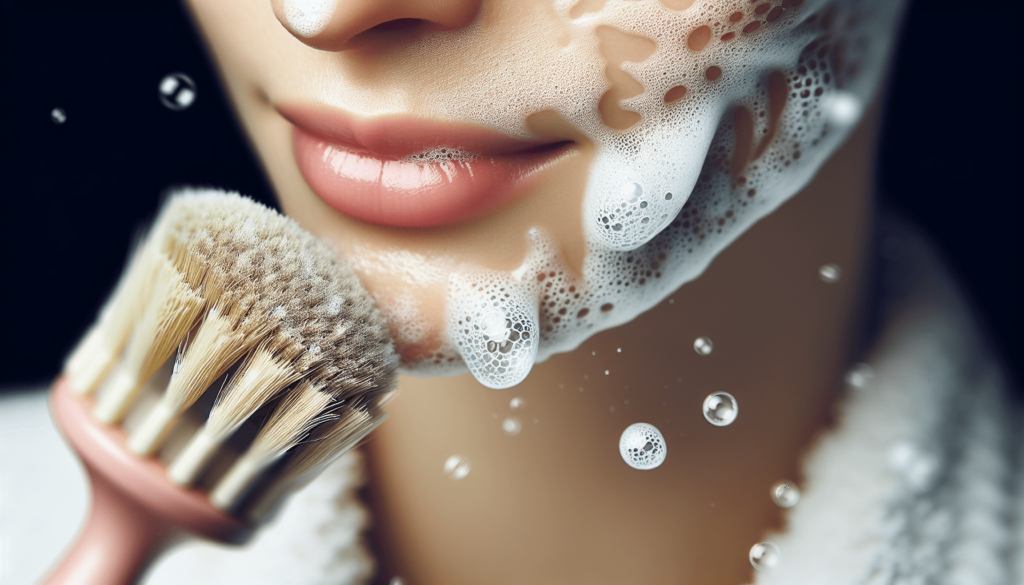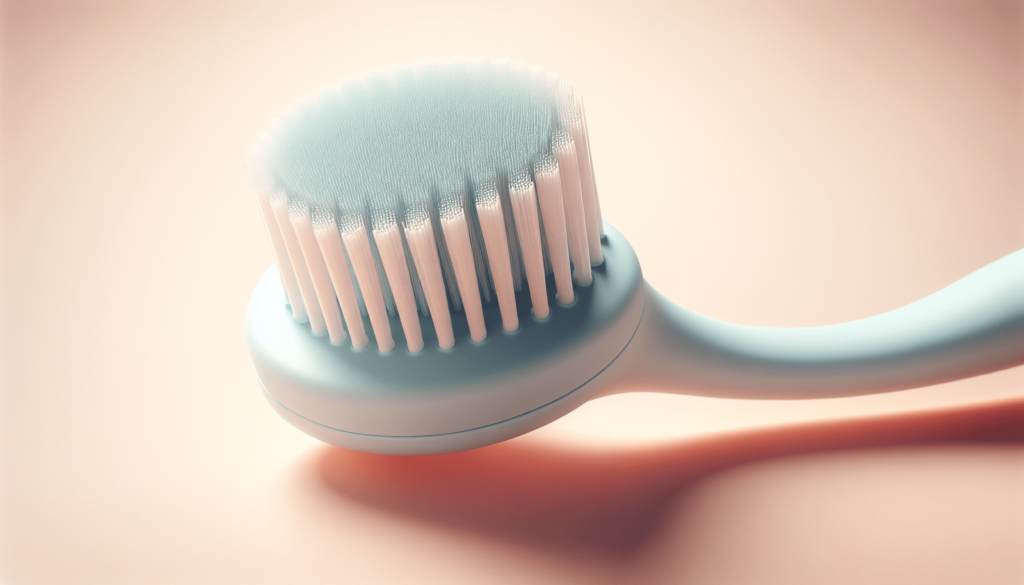Understanding Dermapeel Treatments
Before diving into how to prepare your skin for a dermapeel treatment, it’s essential to understand what a dermapeel is and how it can benefit your skin. A dermapeel is a cosmetic treatment that combines dermabrasion and chemical peels to address various skin concerns, such as fine lines, wrinkles, acne scars, and uneven skin tone. This treatment helps to exfoliate dead skin cells, promote skin cell turnover, and stimulate collagen production for smoother, more radiant skin.
Benefits of Dermapeel Treatments
Dermapeel treatments offer a wide range of benefits for your skin. From reducing the appearance of wrinkles to improving sun-damaged skin, this treatment can help you achieve a healthier, more youthful complexion. By combining both dermabrasion and chemical peel techniques, dermapeels can target multiple skin concerns in one treatment session.
Preparing Your Skin for a Dermapeel Treatment
Now that you have a better understanding of what a dermapeel treatment entails, let’s delve into how you can prepare your skin to ensure optimal results and minimize any potential side effects. Properly preparing your skin before a dermapeel treatment is crucial for achieving the best possible outcome and avoiding complications.
Consultation with a Skincare Professional
Before undergoing a dermapeel treatment, it’s essential to schedule a consultation with a skincare professional. During this consultation, the skincare professional will assess your skin type, discuss your skincare goals, and determine if you are a suitable candidate for a dermapeel. They will also provide you with specific pre-treatment instructions based on your skin’s needs.
It’s essential to be honest and transparent about any skin conditions, allergies, medications, or previous cosmetic treatments you have undergone to ensure safe and effective treatment. The skincare professional will address any concerns you may have and answer any questions about the dermapeel procedure.
Discontinue the Use of Irritating Skincare Products
In the weeks leading up to your dermapeel treatment, it’s crucial to discontinue the use of any irritating skincare products that may sensitize or inflame your skin. Products containing retinoids, alpha hydroxy acids (AHAs), beta hydroxy acids (BHAs), vitamin C, and harsh physical exfoliants should be avoided as they can make your skin more susceptible to irritation during the treatment.
Instead, focus on using gentle cleansers, moisturizers, and sunscreen to protect your skin and maintain its health before the dermapeel session. Consult with your skincare professional if you are unsure about which products to avoid and what alternatives to incorporate into your skincare routine.
Stay Hydrated and Maintain a Healthy Diet
Proper hydration is essential for maintaining healthy skin and ensuring optimal results from your dermapeel treatment. Drink an adequate amount of water daily to keep your skin hydrated and plump, which can improve the skin’s texture and appearance. Additionally, incorporating a diet rich in fruits, vegetables, lean proteins, and healthy fats can support your skin health and overall well-being.
Avoid consuming excessive amounts of alcohol, caffeine, sugary foods, and processed snacks, as they can contribute to skin inflammation and dehydration. Prioritize a balanced diet that includes essential nutrients and antioxidants to nourish your skin from within and prepare it for the dermapeel treatment.

Pre-Treatment Skincare Routine
In the days leading up to your dermapeel treatment, it’s crucial to follow a pre-treatment skincare routine to cleanse, hydrate, and protect your skin. This routine will help prepare your skin for the procedure and ensure the best possible outcomes post-treatment. Let’s discuss some essential steps to include in your pre-treatment skincare routine.
Gentle Cleansing
Start your pre-treatment skincare routine by cleansing your skin with a gentle, non-abrasive cleanser to remove dirt, oil, and makeup. Avoid using harsh scrubs or exfoliants that can irritate your skin and compromise its barrier function. Gently massage the cleanser onto damp skin, then rinse with lukewarm water and pat your skin dry with a soft towel.
Moisturizing
After cleansing, apply a lightweight, hydrating moisturizer to nourish and soothe your skin. Choose a moisturizer that is suitable for your skin type and free from irritants such as fragrances and dyes. Moisturizing your skin helps to maintain its hydration levels and improve its resilience to external stressors before the dermapeel treatment.
Sun Protection
Protect your skin from harmful UV rays by applying a broad-spectrum sunscreen with at least SPF 30 daily. Sunscreen helps prevent sun damage, premature aging, and hyperpigmentation, which can interfere with the results of your dermapeel treatment. Reapply sunscreen every two hours if you are exposed to the sun for an extended period.
Avoid Waxing or Hair Removal Treatments
Before your dermapeel treatment, refrain from waxing, tweezing, or undergoing hair removal treatments in the treatment area. Waxing and hair removal can irritate the skin, cause inflammation, and increase the risk of adverse reactions during the dermapeel procedure. It’s best to wait until after your dermapeel treatment to resume hair removal activities.

Day of the Dermapeel Treatment
On the day of your dermapeel treatment, follow these essential steps to ensure a smooth and successful procedure. Arrive at the clinic on time, prepared, and relaxed, knowing you have taken the necessary steps to prepare your skin for the treatment.
Cleansing and Prep
Your skincare professional will cleanse your skin thoroughly before the dermapeel treatment to remove any impurities and prepare it for the procedure. They may use a gentle cleanser or cleansing solution to ensure that your skin is clean and free from any residue that could interfere with the treatment.
Application of the Dermapeel Solution
The skincare professional will apply the dermapeel solution to your skin using a gentle, controlled technique to ensure even coverage and consistent results. The solution may contain a combination of exfoliating agents, such as alpha hydroxy acids (AHAs), beta hydroxy acids (BHAs), and enzymes, to target specific skin concerns and promote skin renewal.
Treatment Duration and Sensations
During the dermapeel treatment, you may experience mild tingling, warmth, or a slight stinging sensation as the solution penetrates your skin. These sensations are normal and typically subside quickly as your skin adjusts to the treatment. Your skincare professional will monitor your skin’s response throughout the procedure to ensure your comfort and safety.
Post-Treatment Care Instructions
After the dermapeel treatment is complete, your skincare professional will provide you with detailed post-treatment care instructions to follow at home. These instructions may include skincare products to use, activities to avoid, and tips for promoting skin healing and recovery. It’s essential to carefully follow these instructions to enhance the results of the dermapeel treatment and minimize any potential side effects.

Post-Treatment Skincare Routine
Following your dermapeel treatment, it’s crucial to establish a post-treatment skincare routine to support your skin’s healing, recovery, and regeneration. This routine will help maintain the results of the dermapeel and optimize your skin’s health and appearance in the weeks following the treatment.
Gentle Cleansing and Moisturizing
After the dermapeel treatment, cleanse your skin with a gentle, non-abrasive cleanser to remove any residue from the treatment solution and soothe your skin. Follow up with a hydrating moisturizer to nourish and protect your skin barrier, which may be more sensitive and prone to dryness post-treatment.
Avoid Harsh Skincare Products
In the days following your dermapeel treatment, avoid using any harsh skincare products, such as retinoids, exfoliants, and aggressive acids, that can further irritate or sensitize your skin. Focus on using gentle, hydrating, and soothing products that support your skin’s healing process and maintain its balance.
Sun Protection and Avoiding Direct Sun Exposure
Protect your skin from sun damage by applying sunscreen with at least SPF 30 daily and avoiding prolonged sun exposure. Sunscreen helps prevent UV-induced skin damage and premature aging, which can compromise the results of your dermapeel treatment. Wear protective clothing, hats, and sunglasses when outdoors to shield your skin from the sun’s harmful rays.
Follow-Up Appointments and Maintenance Treatments
To maintain the results of your dermapeel treatment and address any residual skin concerns, follow up with your skincare professional for additional treatments or maintenance sessions. Your skincare professional may recommend a series of dermapeels or complementary treatments to achieve your desired skincare goals and keep your skin looking healthy and radiant.

Conclusion
Preparing your skin for a dermapeel treatment is essential for achieving optimal results and ensuring a safe, effective procedure. By consulting with a skincare professional, following a pre-treatment skincare routine, and adhering to post-treatment care instructions, you can enhance the benefits of the dermapeel treatment and improve your skin’s health and appearance. Remember to communicate openly with your skincare professional, ask questions, and address any concerns you may have to make the most of your dermapeel experience.
